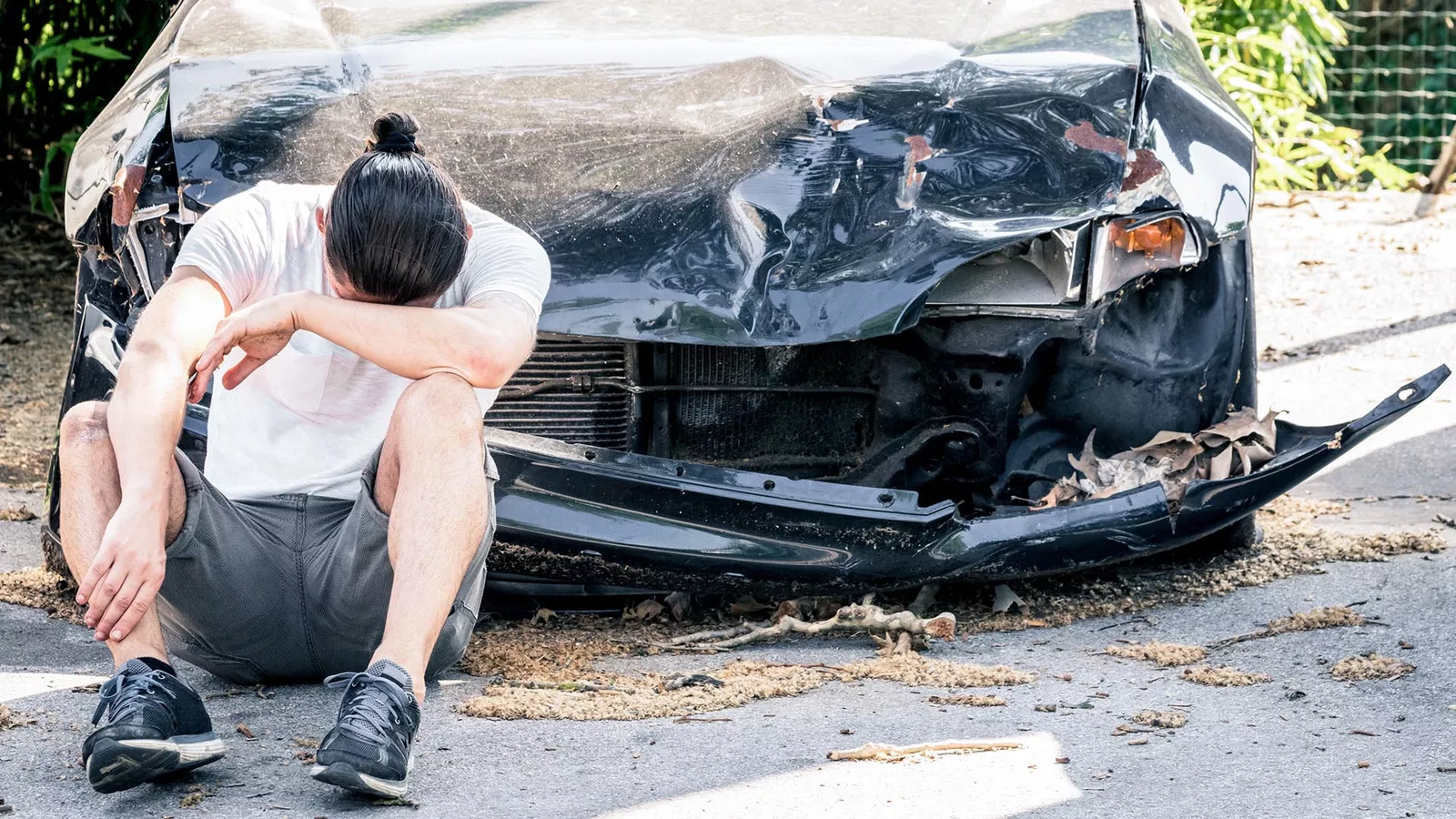INTRODUCTION
My last article addressed the need to manage muscle pain with our motor vehicle accident (MVA) clients. Since muscle pain can be a large roadblock to our clients’ full recovery and independence, it makes sense to provide simple, safe, and effective solutions to manage this through self-massage techniques.
However, the big goal is to restore function so that our clients can engage in activities of daily living with less pain and more strength. A large part of this process is to increase our clients’ strength. However, another roadblock often presents itself; clients frequently have restricted range of motion in their joints. Or, they have lots of range, but they move in a sloppy and uncontrolled fashion.
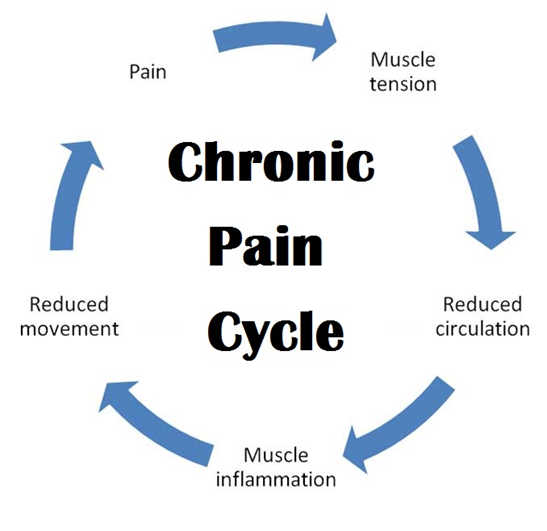
HOW AND WHY DOES POOR MOVEMENT HAPPEN WITH MVA CLIENTS?
These problems likely come from the trauma and pain caused by their accident; please remember people change their movement behavior in the presence of pain (like a person limping from knee pain, and using the other leg a lot more to get around).
It is a great survival mechanism of course; you work around the pain and find a way to keep going. But, these altered movement patterns (fancy talk) almost always come at a cost (in the example above, overuse of the other leg).
Did you know that these altered movements can actually make the original problem worse? It’s is a viscous cycle that needs to be addressed. The nerdy explanation is regional interdependence. Please see my article below on this for greater detail:
LINK: Regional Interdependence and Neck Pain

RESTRICTED? SLOPPY? UNCONTROLLED? WHAT?
You might think that we should “just get them strong!” Well, it gets a little complicated. When joints are not quite in the right position, tendons/ligaments/muscles/bones can also get placed in awkward positions.
If you ignore these problems and jump to loading these individuals with resistance training, you run the risk of hurting joint surfaces and straining tendons/ligaments/muscles. Remember, our main clientele are people recovering from MVAs already; we certainly don’t want to make them worse.
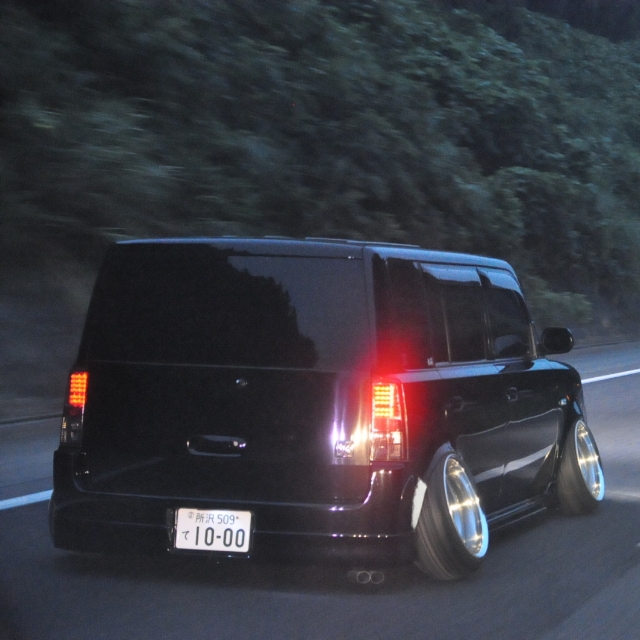
Would it be a good idea to have a car pull a heavy trailer if the wheels are out of alignment and the brakes don’t work well? People are similar.
VERY WELL. HOW DO YOU FIX POOR MOVEMENT?
The first step is to have a process to detect if joints and muscles are in optimal positions, but that might be another conversation later. If you like, please see previous articles I wrote below on movement assessments:
LINK: My Use of the Functional Movement Screen (FMS)
LINK: Vladimir Janda and Movement Assessments
LINK: Movement Dysfunctions and Assessment Techniques
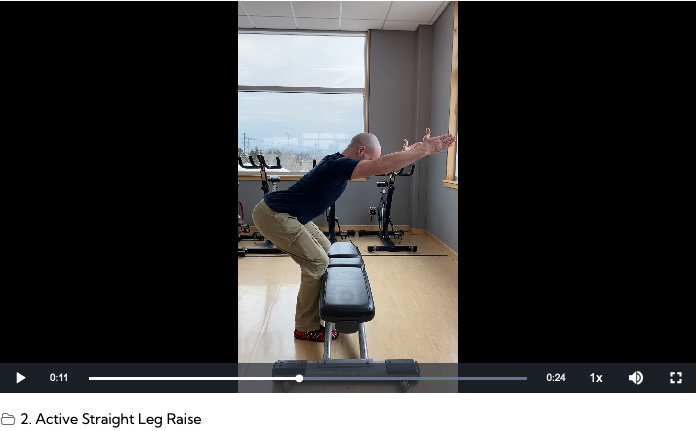
CORRECTIVE EXERCISES
Once an assessment has been completed, our Kinesiologists now know what joints need to be mobilized, which muscles need to be stretched, and what muscles and joints need to work better together. The exercises we choose to help correct the problems we found are termed corrective exercises.
They are not terribly fancy looking, but they certainly work. In the above image, this corrective exercise helps teach individuals how to deadlift (a movement used to lift objects off of the floor). However, many people track their knees way past their toes; this strains the knees and minimizes help from the almighty powerful hips.
You will notice I used a bench to stop the knees from going this way. It also forces the hips backwards in the direction they should go. Reaching forwards with the hands helps teach the client to maintain a neutral spine so they don’t round their backs (rounded backs can pop discs…yikes). Correctives could be thought of as training wheels (the nerds call it constraints); they help shape the ideal movement.

CORRECTIVES…CORRECT THINGS. WHAT’S NEXT?
Homework is next. We generally see clients 2-3 times a week, which is optimal to allow time for recovery from the strength training portion of their post-rehabilitation programs, without overdoing it. However, there are some things that can be done every day to help speed up recovery. More on that in a second.
First, remember clients see Kinesiologists not only to improve movement quality and strength to regain functional independence; client engagement with us is mostly about learning.
The bulk of their experiences prior to seeing us has been defined by passive therapies (very important, just a little different). Our job is to teach and coach our clients to perform self-massage, correctives, and strength training safely and independently. This requires time in the gym, and out of the gym. The last part here is really important.
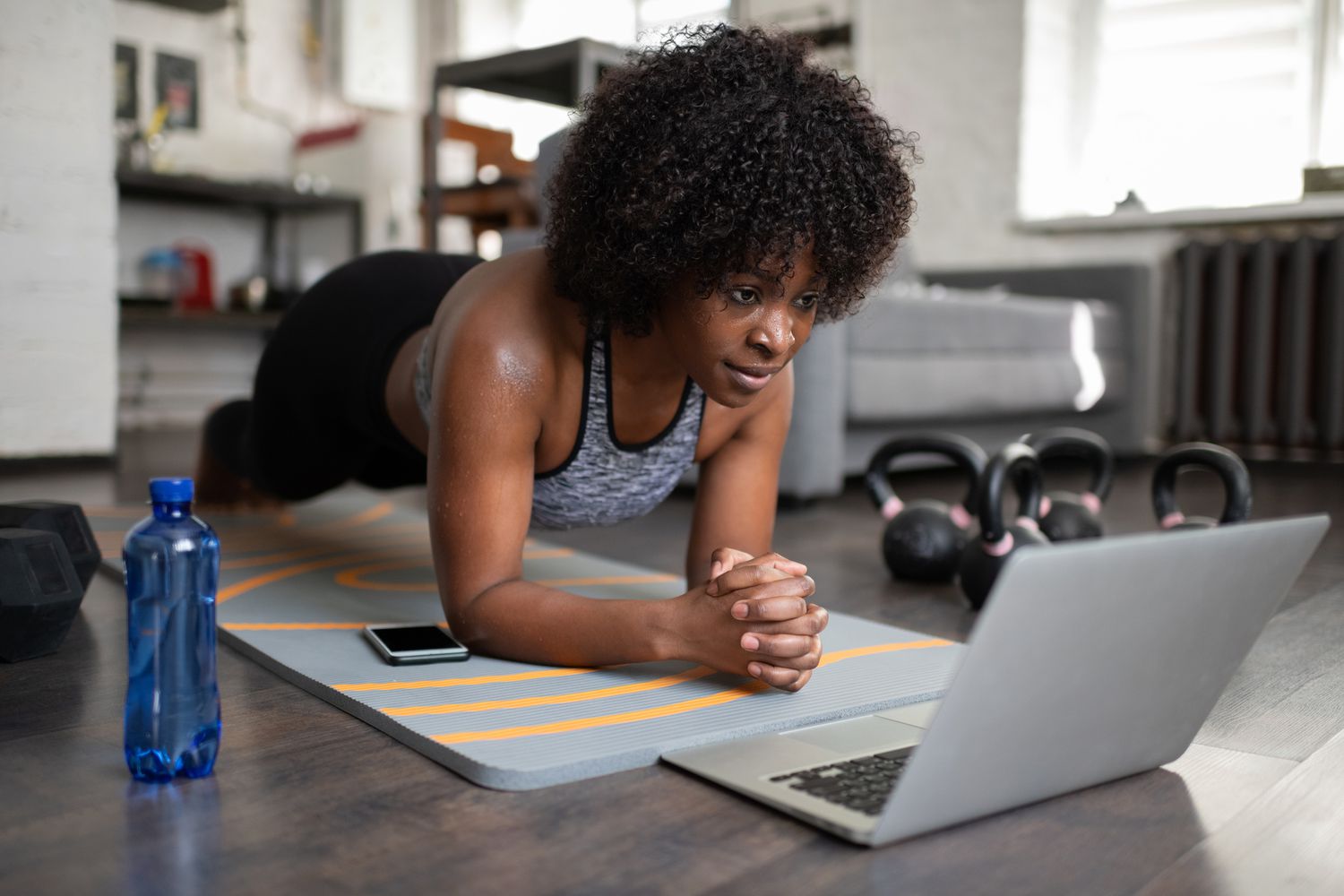
WHAT DO CLIENTS PERFORM AT HOME?
In the early phases of post-rehabilitation, self-massage and corrective exercises are excellent choices to perform between scheduled sessions with Kinesiologists. They require virtually no equipment and are quick to perform; this also removes excuses (we are all guilty of this from time to time, let’s be honest) from clients and fosters accountability. These exercises help keep muscles loose, manage pain, and reminds clients how to move correctly.
We now live in 2020s; there is no need to draw stick figures or provide photos of exercises to help motor clients along. If a picture is worth a thousand words, an exercise video is worth a million more.
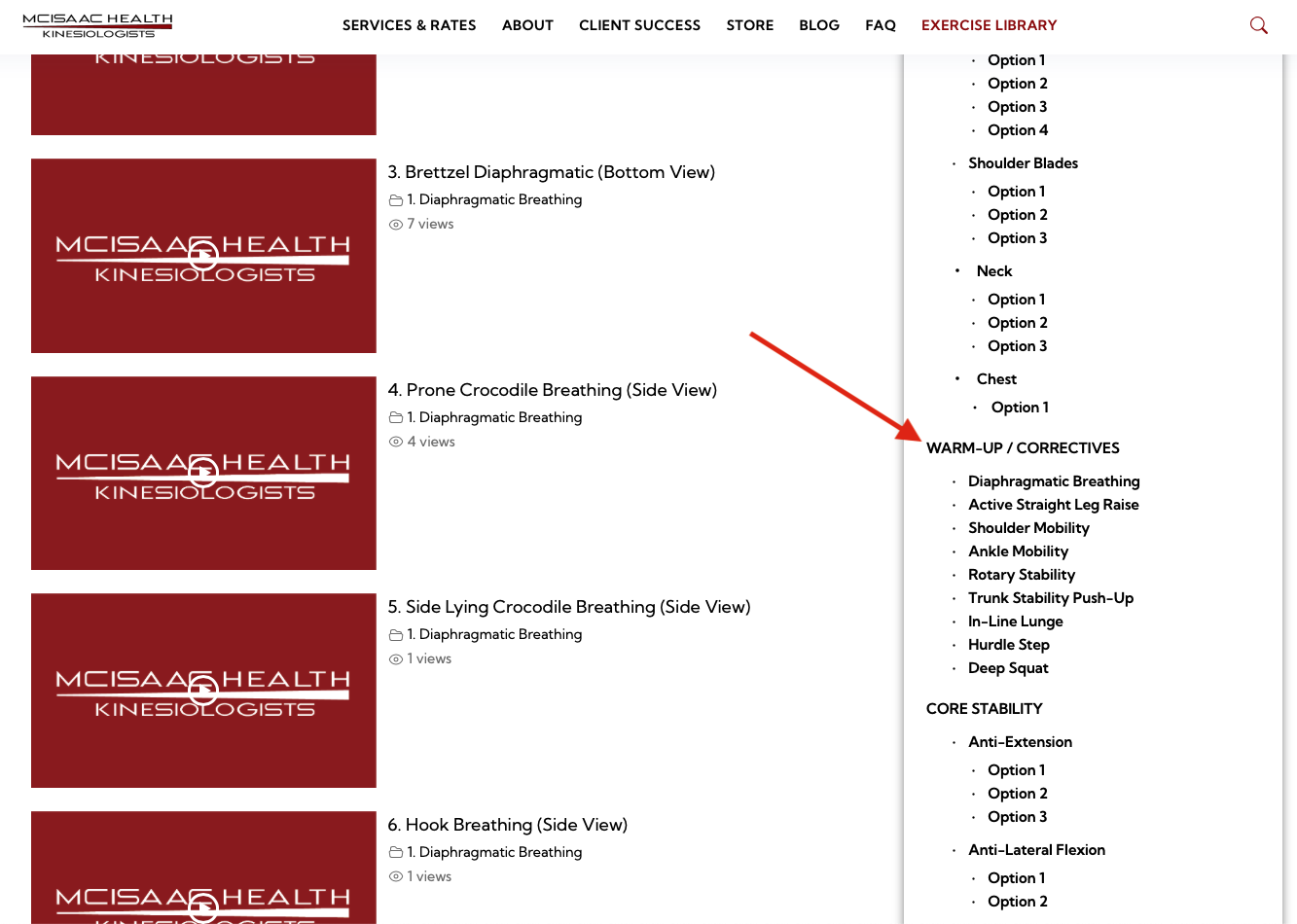
HOW DO YOU PROVIDE VIDEOS?
We have gone through great lengths to slowly and carefully build our own proprietary exercise library, since 2013. We have over 800 videos that are named, organized, and categorized to help our clients, and the public.
We like to prepare documents in PDF form that outlines clients’ programs, to get them used to reading and understanding the layout (see below, and feel free to click on the exercises to see associated video tutorials). We also provide hyperlinks from our library to each exercise on their program templates should they need a visual aid.
Client: XXXX
| Purpose | Order | Exercise | Sets | Repetitions | Weight |
| Warm-Up: Self-Massage | A1 | Posterior Neck (massage bar) | 1 | 6-8 | n/a |
| Warm-Up: Correctives | B1 | Brettzel Diaphragmatic | 1 | 6-8 | n/a |

CONCLUSIONS
All of these steps are about supporting the learning experience to the greatest degree possible, removing excuses, and fostering accountability. Most importantly, these steps prepare our clients to re-enter their work and personal lives with less pain and more strength, as quickly and safely as possible.
-Michael McIsaac

